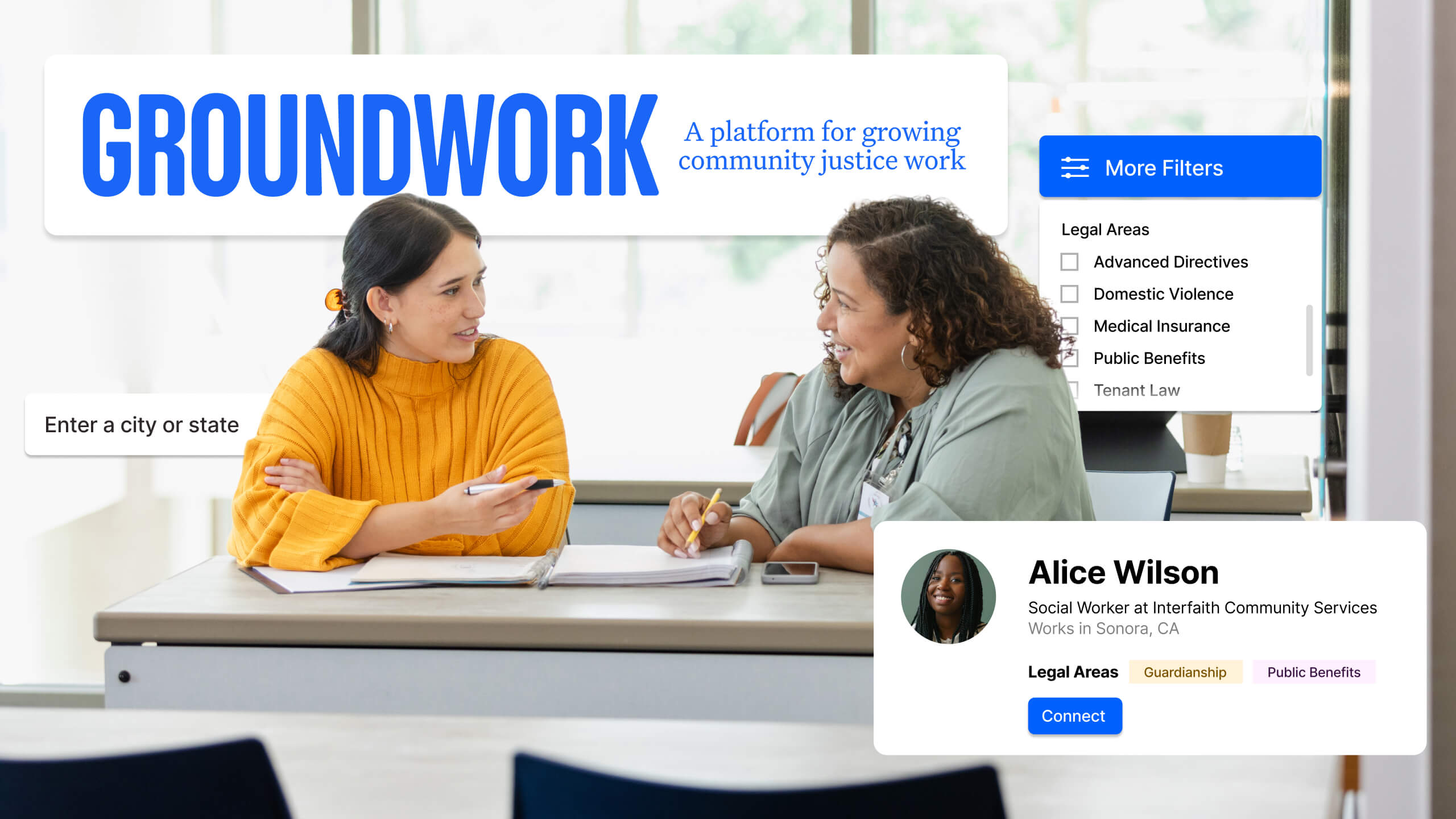The hands-on and remote research we were permitted to do in the ICU was invaluable, and several insights from the research and prototyping phase profoundly shaped our approach to the UX design:
• A patient is more than his or her lung
In order to create the best possible treatment, doctors need holistic visibility of a patient's history and health status, not just the lung visualization alone. For example, optimal respirator settings that consider the lungs alone might be hazardous for a patient with liver failure.
In response to this learning, Daylight's refined interface included a timeline detailing major events and milestones of prior treatment history, giving doctors immediate access to the most relevant data when needed. We structured the language of the tool to present its recommendations to doctors clearly, appropriately, and without introducing liability.
• To be used, the new tool needs to simplify existing workflows
Workflows in the ICU are complex. At the same time they must be extremely efficient and effective. Since a large number of devices and instruments are already part of these workflows today, a new software must fit in seamlessly and make things easier and more effective for healthcare professionals (HCPs). Daylight needed to design a solution that would be accessible and intuitive for a broad range of HCPs in this context, without adding any unnecessary visual noise.
Based on this real-world insight gathered by Daylight, Ebenbuild decided to build the software to run on existing devices across platforms, allowing for ventilation suggestions and manual simulations to integrate into existing workflows easily. Daylight also created a custom visual design system specifically for use in a clinical setting that prioritized consistency and clear visual hierarchy to simplify its use.
Prior to our rebrand work, the San Francisco Health Network's messaging placed emphasis on the providers and the system. The Network described itself as the City’s “only complete system of care.” The Network logo was an icon of the Golden Gate Bridge.
Through our work, we wanted to shift focus from describing the system to communicating the value added for the patient. We sought to:
- Publicly reaffirm San Francisco’s commitment to accessible health care for all of its residents, regardless of immigration status or insurance;
- Create a unifying brand that resonated deeply with patients and staff; and
- Give staff desperately needed tools to clearly and consistently describe the Network, its values, and its services.







